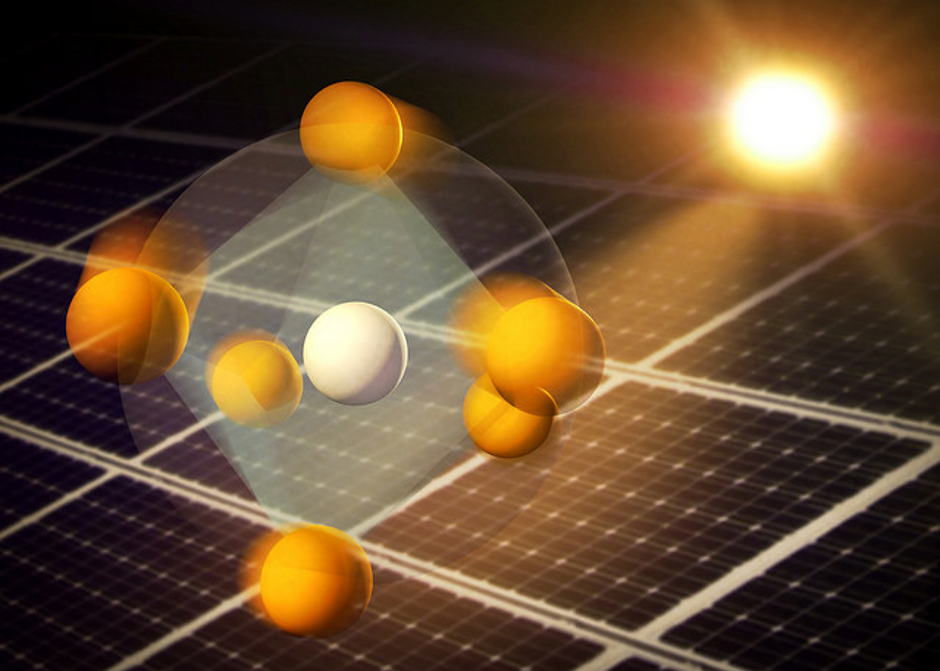Perovskite photovoltaics fine-tuned with new approach to material design
The performance of perovskite solar cells could be improved with a new approach to designing materials from UK universities.

Perovskite solar cells are a photovoltaic technology with a power conversion efficiency over 20 per cent, but their performance is hindered by ion defects that can move around and affect the internal electric environment within the cell.
The Perovskite material absorbs light to create an electronic charge and helps to extract the charge into an external circuit before it is lost to recombination. The majority of detrimental recombination can occur in different locations within the solar cell. In some designs it occurs predominantly within the perovskite, while in others it happens at the edges of the perovskite where it contacts adjacent materials called transport layers.
Researchers from the Universities of Portsmouth, Southampton and Bath have now developed a way to adjust the properties of the transport layers to encourage the ionic defects within the perovskite to suppress recombination and encourage more efficient charge extraction.
Register now to continue reading
Thanks for visiting The Engineer. You’ve now reached your monthly limit of news stories. Register for free to unlock unlimited access to all of our news coverage, as well as premium content including opinion, in-depth features and special reports.
Benefits of registering
-
In-depth insights and coverage of key emerging trends
-
Unrestricted access to special reports throughout the year
-
Daily technology news delivered straight to your inbox










INWED Engineering Profile: Naval Architect Ellie Driver
Not a woman I´d want to cross … oh, that was Elle Driver